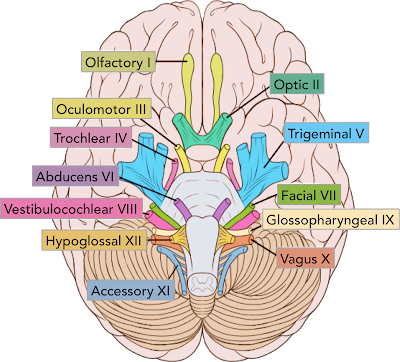Mitochondrial Replacement Therapy

Mitochondrial DNA (mtDNA) is a special type of genetic material present only in mitochondria. All other somatic and germline cells contain nuclear DNA which is inherited from both parents, whereas mtDNA is from the mother only - a much shorter piece of DNA consisting only of 37 genes, coding for 13 polypeptides that are essential for the oxidative phosphorylation metabolic pathway. The mutation rate in mtDNA is 10x higher than for nuclear DNA because mtDNA is located near the sites of oxidative phosphorylation, therefore being exposed to reactive oxygen species released as a byproduct which can directly damage DNA, and since there are no repair mechanisms (such as ligases) present, the mutations can build up, causing mitochondrial disease that can be inherited by offspring. About 1 in 5000 individuals have a mitochondrial disease, with 1000-4000 children in the US being born with a mitochondrial disease per year. Heteroplasmy vs Homoplasmy Heteroplasmy --> When a cell ...




